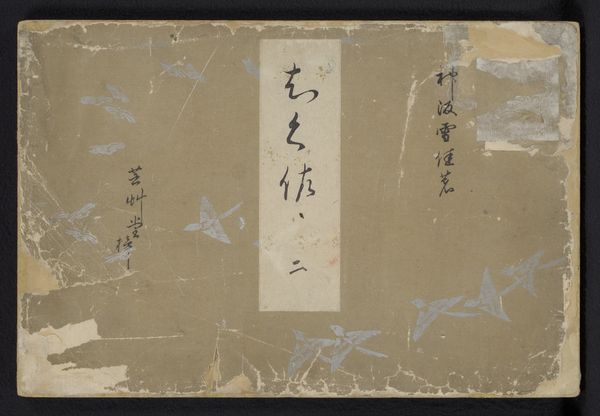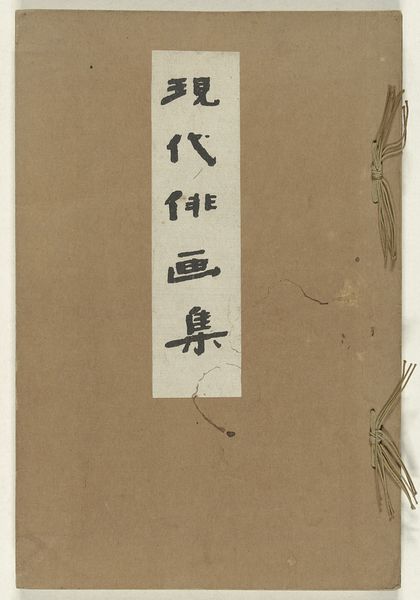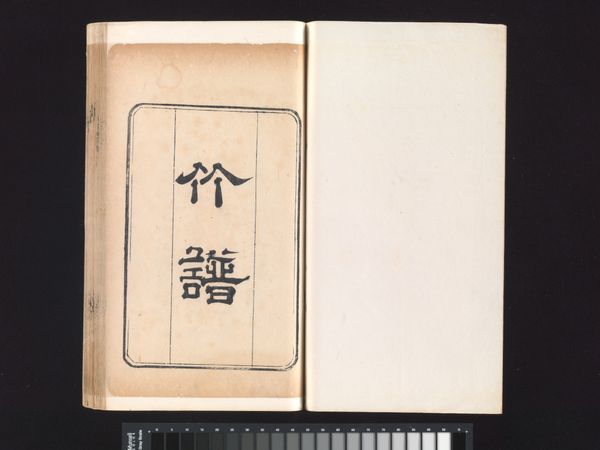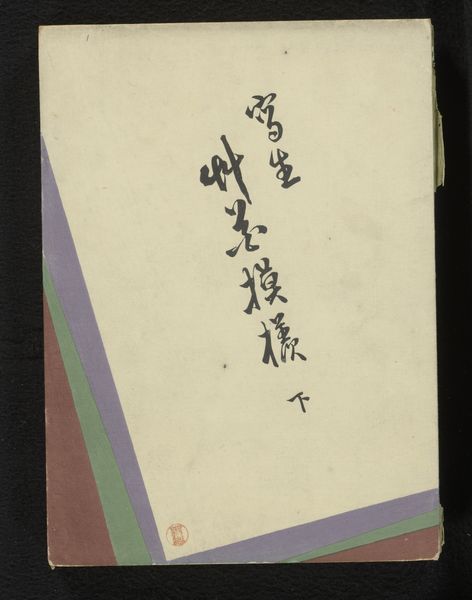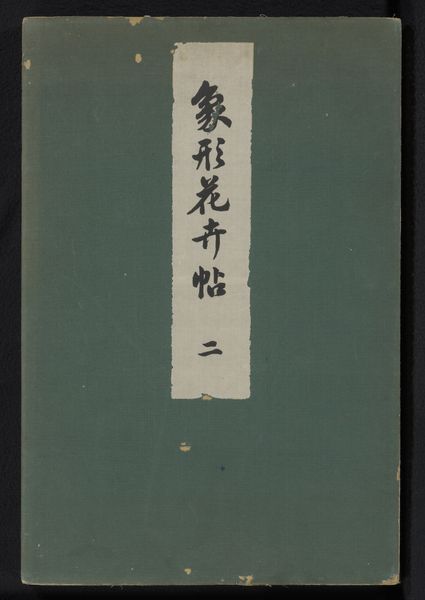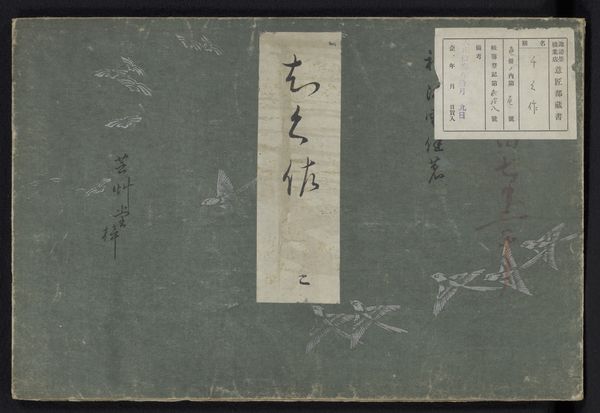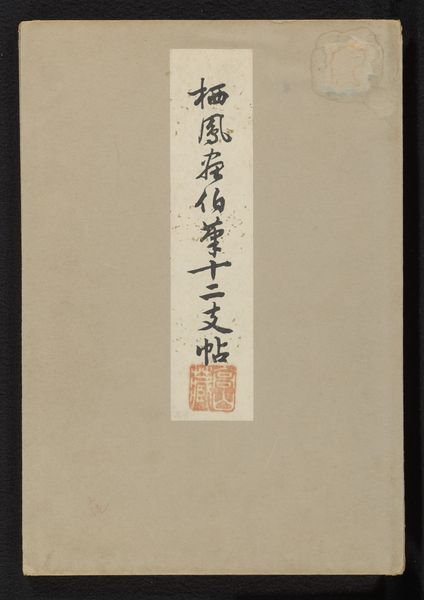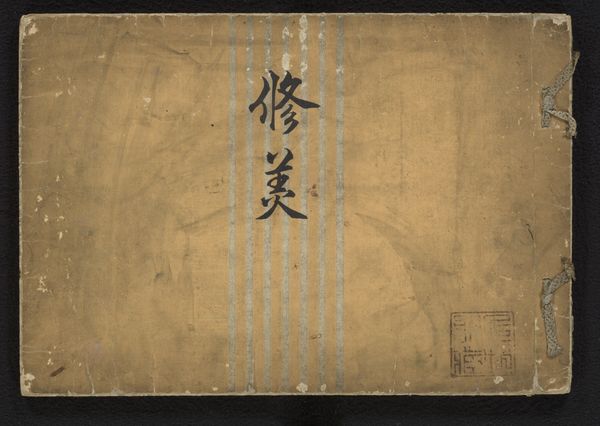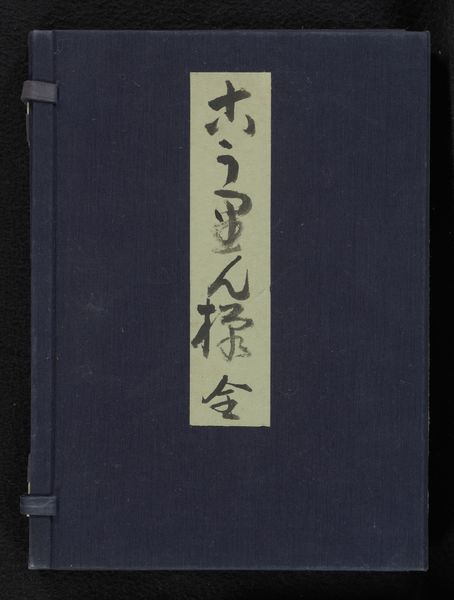
#
type repetition
#
aged paper
#
homemade paper
#
paperlike
#
bird
#
white palette
#
flower
#
paper texture
#
personal sketchbook
#
chalky texture
#
folded paper
#
paper medium
Dimensions: height 278 mm, width 378 mm, height 201 mm, width 315 mm
Copyright: Rijks Museum: Open Domain
Editor: Here we have "Bloemen en vogels door Seitei," or "Flowers and Birds by Seitei," thought to be from around 1916-1917. It's held here at the Rijksmuseum. I’m immediately drawn to the apparent age of the paper, its texture seems really prominent. What’s your interpretation of this piece? Curator: The texture immediately brings to mind the relationship between the natural world represented – the flowers and birds – and the material reality of its creation. Consider the historical context: the Taisho era in Japan, a period marked by both burgeoning democratic ideals and persistent social inequalities. The choice of seemingly simple, aged paper becomes significant. Does it represent a conscious return to tradition amidst rapid modernization? Editor: That’s an interesting perspective. I hadn't thought about it in terms of a deliberate artistic choice, or social commentary. I was focusing more on the immediate visual effect. Curator: Exactly! That "immediate visual effect" is never neutral. Artists like Seitei operate within a web of cultural and political forces. His decision to depict birds and flowers, common subjects, on such a humble material asks us: who had access to beauty? Who had the privilege to contemplate nature? The intersection of class, artistic expression, and natural representation are all at play. Do you see any resistance, perhaps a quiet subversion, in this seemingly straightforward piece? Editor: I do now. It's a beautiful reminder that art is never created in a vacuum. It always reflects the times. Curator: Precisely. By acknowledging the societal conditions surrounding Seitei's work, we deepen our understanding and appreciation, connecting the aesthetic experience with a critical social lens. Editor: Thanks! It makes me think differently about how I should be approaching my studies moving forward. Curator: My pleasure, the beauty of art history is that there are infinite vantage points.
Comments
No comments
Be the first to comment and join the conversation on the ultimate creative platform.
